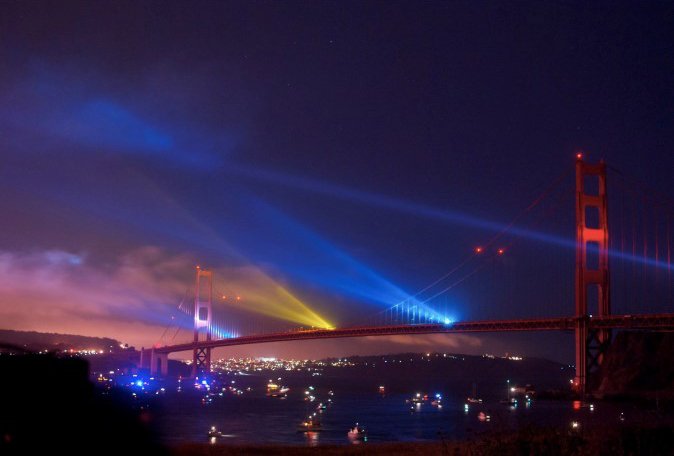What is Wireless DMX anyway? And what magic wand does it offer to lighting designers? When it comes to protocol, wireless DMX 512 actually replaces DMX 512 cables in a lighting system. Instead, the data from the controller goes into a DMX connector on a wireless transmitter, and the data moves wirelessly through the air. A receiver picks up that data and reproduces it on a DMX connector. In other words, really cool projects can use DMX without wires.
For more on the subject, check out the RC4Wireless info page.
City Theatrical is also a leading purveyor of wireless DMX. SHoW DMX SHoW Baby 6 wireless DMX represents a breakthrough in plug-and-play wireless DMX. It's incredibly easy to use and incredibly affordable, while for the first time offering the quality and advanced features of SHoW DMX Neo Maximum Bandwidth Technology. Check out their updates here.
Wireless DMX in Sweden offers simple to use plug-and-play solutions, from the smallest W-DMX™ COB with a footprint of 6x6mm to the most advanced dual-band and recently shipping triple-band technology.
Lumen Radio is another wireless DMX provider running on the unlicensed 2.4 GHz frequency anywhere in the world, using their patented Cognitive Coexistence technology.
One of my favorite wireless DMX projects (admittedly seven years old at this point, so I am sure the technology has advanced greatly) was the 75th birthday of the Golden Gate Bridge in San Francisco, with lighting designed by Lightswitch.

In that case, programming was done via two MA Lighting grandMA consoles, with a W-DMX wireless DMX system used with very high gain antennas to send the signal from the console to the Syncrolite fixtures on the bridge (five clusters of five units) placed over one mile apart. “We used a 21dB dish antenna to get from show control to the bridge for zones 1 & 2 then to go from 2 to 3, 3 to 4, and 4 to 5. Zone 4 to 5 was the longest run, and at zone 5, we had a 98% to 100% signal,” explains Jeffrey Smith of Syncrolite, which provided the Syncrolites and wireless DMX. BCT Entertainment provided the grandMA consoles, and the SMPTE and FSK time code.
“Wireless has gone from a novelty, to an essential part of our work flow,” adds Lightswitch partner John Featherstone. “Wide geographic area projects like Illumination at The Morton Arboretum and Enchanted: Forest of Light at Descanso Gardens would be significantly more difficult if not near impossible without point to point DMX. Our technology guru Mike Robertson is pushing the boundaries of wireless data for productions, testing 5ghz point-to-point Airmax technology to distribute MANet and other high bandwidth ethernet based protocols. This uses the same kind of systems as used to distribute broadband Internet in rural areas, and allows significantly higher data rates than traditional wireless DMX.”
My apologies to other companies in the wireless DMX market I may have missed here, but I’d love to hear from you…how about a series of columns with your most challenging or successful use of wireless DMX on a project, from live events to live for broadcast? And I wonder what’s coming down the pike…as DMX is eventually replaced, how will the wireless world react? And as available bandwidths get narrower and narrower, what will the next technical solutions be?